 | ||
The deaf scene scotian shelf live the ottobar october 13 2009
The Scotian Shelf is a geological formation, part of the Continental shelf, located southwest of Nova Scotia, Canada. It covers an area of 120,000 km², is 700 km long and ranges in width from 120 to 240 km. It has an average depth of 90 metres. The Scotian Shelf contains the ecologically important Scotian Shelf Large Marine Ecosystem (LME) and the Scotian Shelf Waters (SSW).
Contents
- The deaf scene scotian shelf live the ottobar october 13 2009
- Dolphins on the scotian shelf
- Marine life
- References
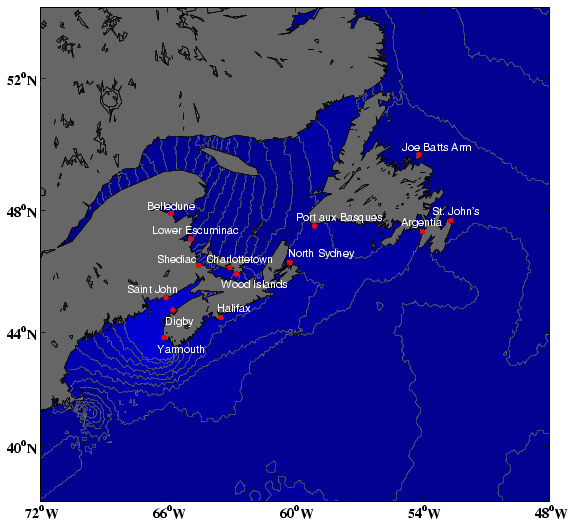
The northeastern boundary is defined by the Laurentian Channel, where it drops off to 400 m. Further south is the continental slope, which sharply drops off to a depth of more than 3,000 m. The southwestern boundary ends at the Northeast Channel, including the Gulf of Maine.
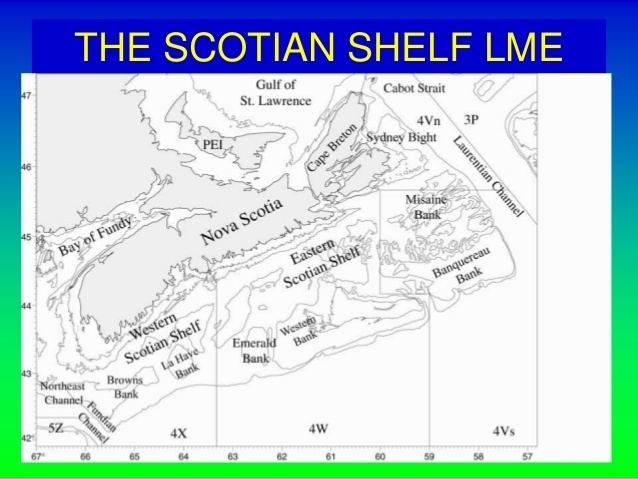
The Scotian Shelf is characterized by shallow, offshore banks 25 m to 100 m under the ocean surface, with deep basins and troughs between that vary in depth from 160 m to 300 m. These culminate at Sable Island.
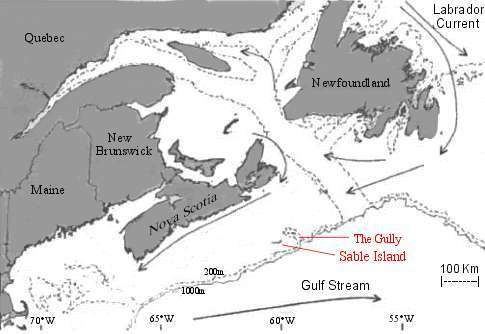
A southwesterly ocean current, (occasionally containing runoff from the Gulf of St Lawrence) flows over the inner shelf. The water flow over the banks is weaker and tends have greater variation. The Scotian Shelf contains a canyon called the "Gully", which is more than 1000 m deep. Currents flow through this canyon southward, mixing offshore waters with the Nova Scotia Current. This causes an increase in biological productivity toward the east, across the Continental Shelf.
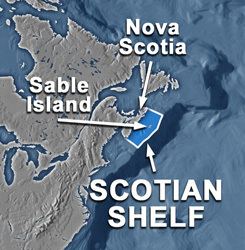
The Scotian Shelf is heavily influenced by the Gulf Stream, resulting in a variety of marine species being present which are normally found further south. These appear at regular intervals due to the main current spinning off cores of warm water.
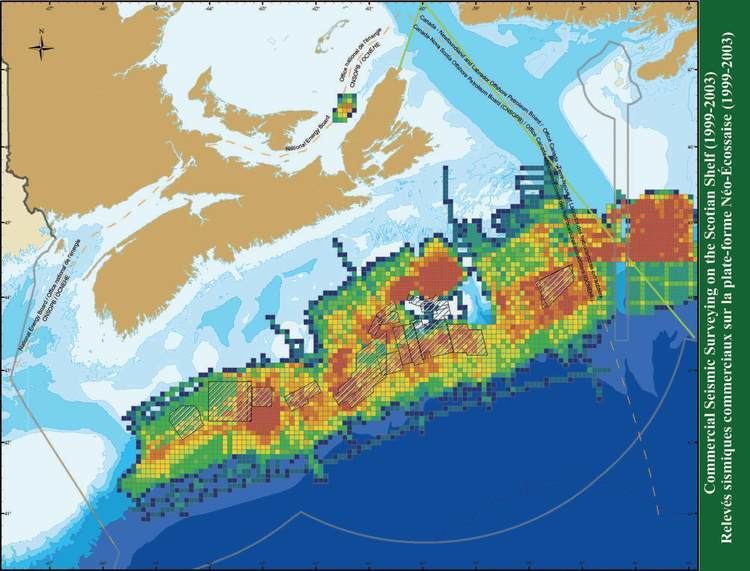
Dolphins on the scotian shelf
Marine life
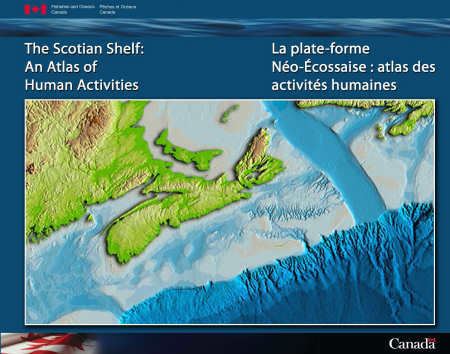
The Scotian Shelf Large Marine Ecosystem (LME) contains numerous species, including a broad range of shellfish and fishes that use the area as spawning and nursery grounds. This abundance is the reason that the Scotian Shelf is one of the Atlantic Ocean's most fished areas.
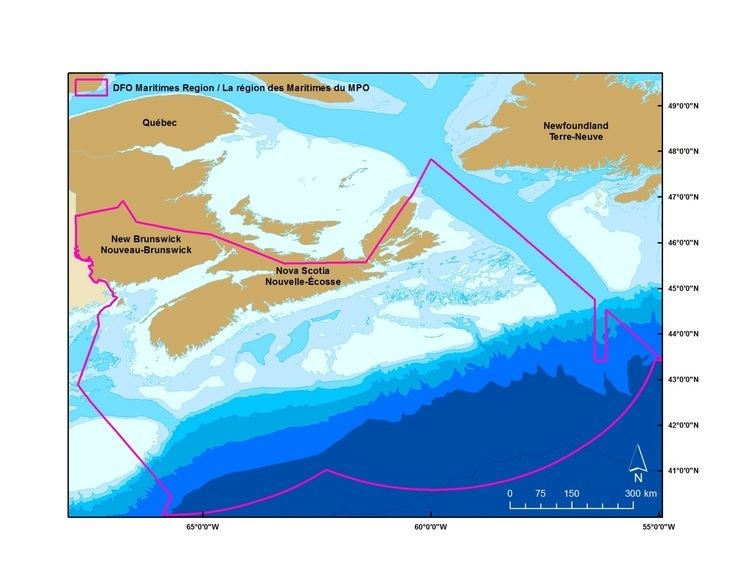
The right whale has a critical habitat in the Roseway Basin, the northeastern part of the Scotian Shelf. Approximately 30 percent of the known population uses this habitat throughout the course of the year.
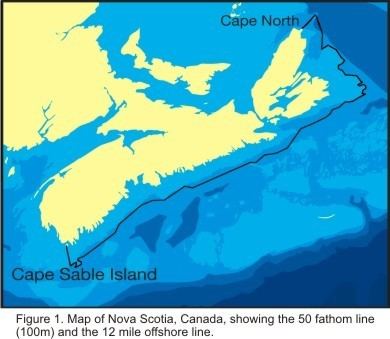
The northern bottlenose whale also lives in the Scotian Shelf Waters area, in particular, the Gully. About 230 individual specimens have been recorded there. Other species, such as the sperm whale and harbour seal, are also found in this region, including the grey seal, which is common on Sable Island.

Various waterfowl use the coastal areas as a migratory staging area. Offshore areas are used by such birds as dovekies, murres, shearwaters, sea ducks such as the common eider, and alcids.
